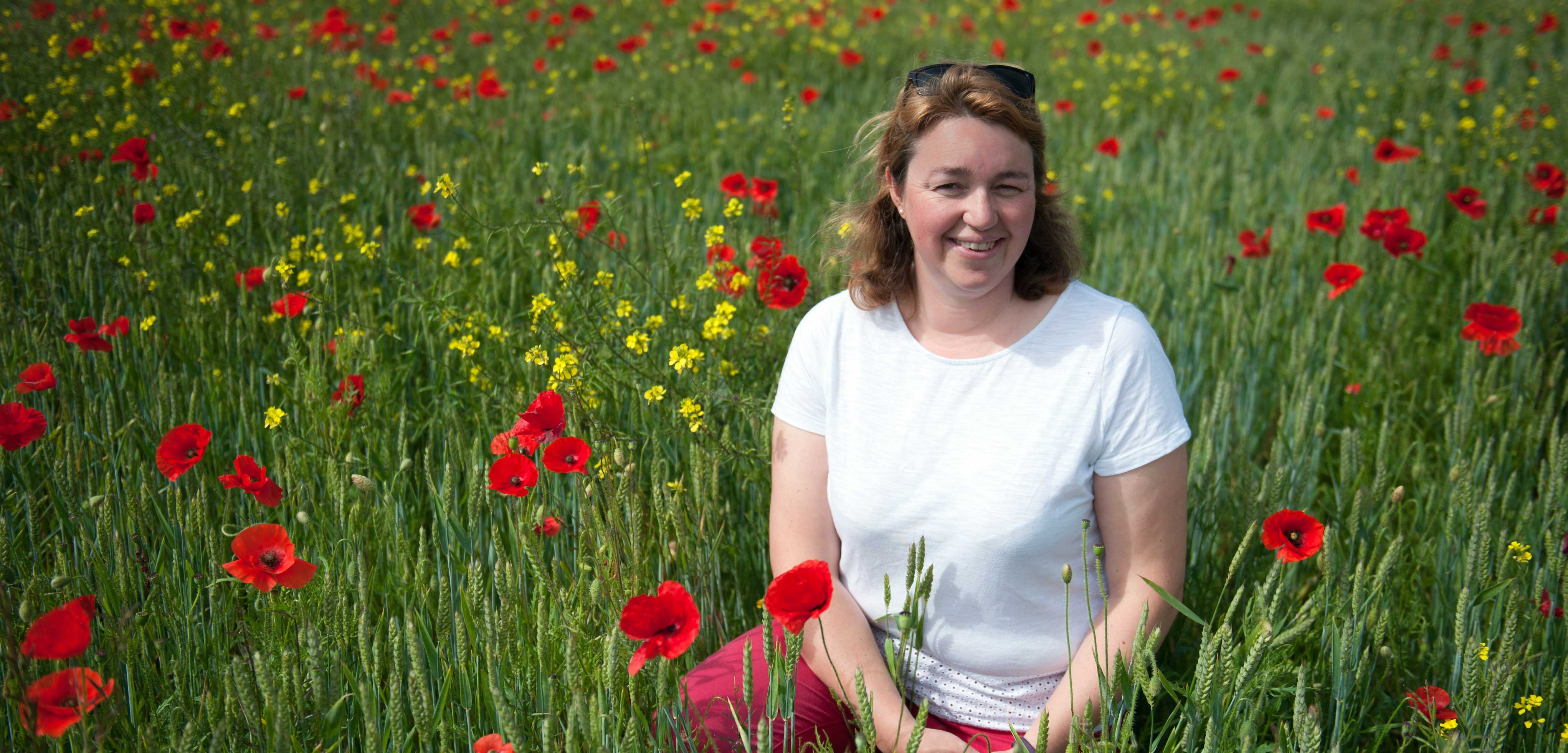How the UK weather roller coaster will influence harvest

29 Jun 2020
As winter sown barley fields start to turn from shades of green into tones of yellows and browns, it is time to reflect on how weather extremes have affected the latest growing season and the impact on the upcoming harvest.
“When the combine harvesters start to roll, and the grain gets put into store, the harvest will influence even the humble loaf of bread”, says Dr Nicola Cannon, Associate Professor of Agriculture at the Royal Agricultural University (RAU).
At the end of September 2019 the rain started to fall and went on and on. By the end of January, when everyone thought things could not get any wetter, storms Ciara, Dennis and Jorge blew in leading to the wettest February since records began. In May this year when we enjoyed 626 hours of bright sunlight, a further new record was set by over 70 hours as the sunniest May ever documented. The whole of the UK recorded the sunniest spring on record from 1929.
“The weather extremes experienced have put a great strain on farming systems with land moving from saturated to sun baked in a few short weeks,” explains Dr Cannon, who works within the School of Agriculture, Food and Environment at the RAU. “For the crops which were sown in the autumn of 2019, many went into poor seed bed, leading to lower plant establishment and also a challenging environment for weed control. The resulting crops were often left with poorly developed root systems due to the waterlogged soils which have left them ill equipped to cope with the dry conditions which have followed.”
The legacy of the wet winter contributed to large areas of land left unplanted as farmers could not get onto the fields to plant. This led to increased areas of spring planted crops, particularly spring barley. As we headed towards the end of March, the weather changed, the coronavirus lockdown set in, and large areas of barley were planted.
“Many of these crops initially got off to a good start but started to falter as England received just 17% of the normal rainfall in May,” Dr Cannon reveals. “In many cases, the dry conditions have limited crop growth and even led to the cereal plants sacrificing stems as a survival mechanism. The September sown winter barley crops have started to die off early due to moisture stress and many are anticipating an early harvest.”
The wet conditions in the last quarter of 2019 resulted in a 17% decline in the area of winter wheat planted nationally. But, in many regions the impact has been far worse with some areas unable to plant any winter wheat. The reduced area, poor planting conditions, wet winter and spring drought will almost certainly result in a low UK wheat harvest especially as 26% of wheat crops are reported to be in poor or very poor condition (this figure was just 5% last year).
The dry conditions have also put strains on livestock farmers as grass fields have dried up and some livestock have required extra feed during the months which should see the most bountiful grass growth. This has had implications for the amount of grass available to make into silage for feeding during the winter months.
“These are testing time for so many reasons,” highlights Dr Cannon. “So, when we are enjoying the sunny weather with a barbeque and putting a burger in a bun, it is important that we consider the wider picture of how our changing climate is putting further strains on food production.
“The RAU is passionate about communities thriving in harmony with nature and equipping a new generation to thrive through change. Now more than ever, it is important to educate future generations in sustainable use of the land and safeguarding the environment, so that they are able to bring forward real solutions to tackle these growing challenges.”
Interested in being part of the solution? Discover a range of courses available at the RAU.